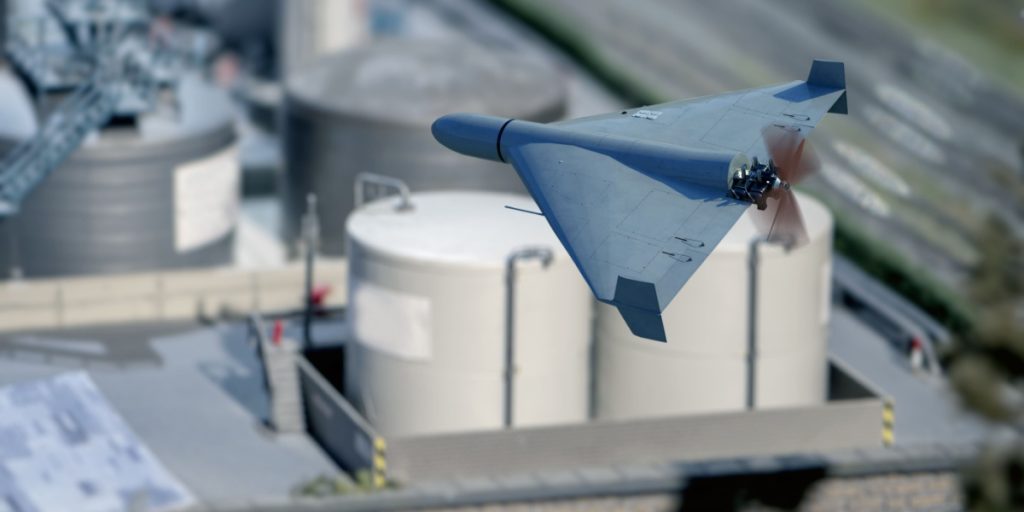The Ukrainian military has effectively utilized drones as precision weapons, often modifying commercial drones.
Others are reading now
The Skynode-S modules are emerging as a game-changer in the evolving landscape of drone warfare in Ukraine.
Cutting-Edge Solutions
As the conflict has increasingly become a battle of drones, both sides have adapted to technological innovations, with Ukraine leveraging cutting-edge solutions to overcome Russian countermeasures.
The Ukrainian military has effectively utilized drones as precision weapons, often modifying commercial drones with outdated grenade warheads to target enemy forces.
These drones, costing only a few thousand dollars, have proven capable of targeting everything from infantry to advanced tanks and even helicopters. However, the effectiveness of these drones faced a significant challenge with the introduction of Russian signal jammers designed to disrupt drone control and GPS signals.
Also read
To counteract these jamming efforts, Ukraine and its Western allies have explored advanced solutions.
Among the most promising is the Skynode-S module developed by the American-Swiss company Auterion. Designed with modular open systems architecture (MOSA), the Skynode-S can be integrated with any drone, offering a high degree of adaptability.
Function In Spite of Jamming
Lorenz Meier, CEO and founder of Auterion, explained that while the module was initially intended for peaceful applications like disaster response and urban navigation, the current conflict has underscored the need for robust defensive technologies.
The Skynode-S module utilizes artificial intelligence algorithms and high-resolution cameras to autonomously identify and track targets, even in challenging conditions such as camouflage or poor lighting.
One of the key features of Skynode-S is its ability to perform in environments with significant electronic interference, such as the jamming bubbles created by Russian forces.
Although not fully autonomous, as human operators still designate targets, the module enhances the drones’ effectiveness by enabling them to navigate and engage targets with precision.
Additionally, the Skynode-S module supports navigation through triangulation and computer vision algorithms, using radiolocators and satellite maps.
Future developments include improving the drones’ ability to home in on radio signal emitters, similar to anti-radiation missiles like the AGM-88 HARM, further enhancing their operational capabilities against Russian radar and jamming systems.


